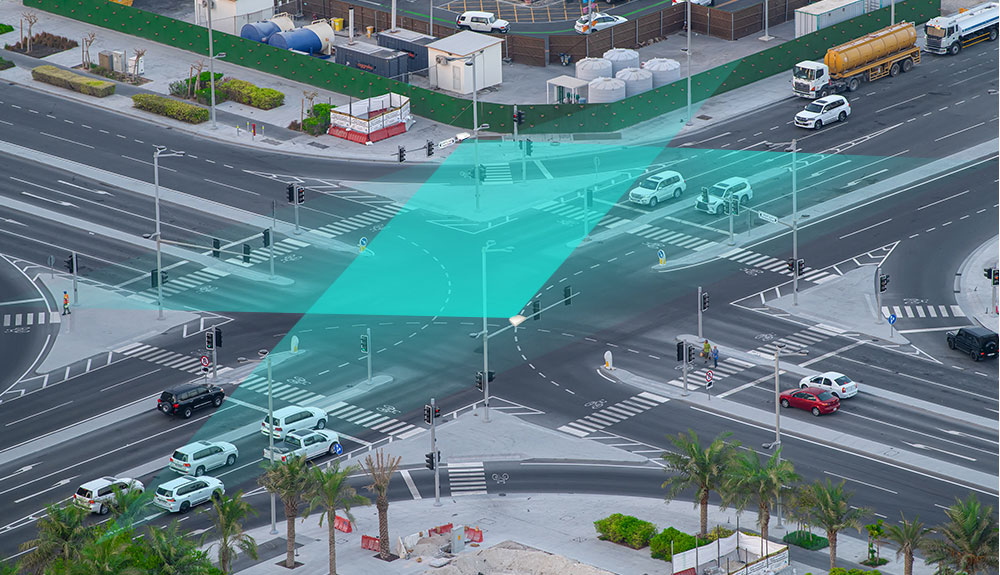Sensors in Self-driving Car Environment Perception
Author: Neuvition, IncRelease time:2021-05-14 02:13:15
Self-driving cars rely on artificial intelligence, visual computing, LiDAR, monitoring devices, and global positioning systems to cooperate, so that computers can operate motor vehicles automatically and safely without human active operation. It is mainly composed of environmental perception systems and positioning. It consists of a navigation system, path planning system, speed control system, motion control system, central processing unit, data transmission bus, etc.
Based on traditional cars, self-driving cars have expanded visual perception functions, real-time relative map functions, high-speed planning and control functions, and added core software and hardware such as global positioning system antennas, industrial-grade computers, GPS receivers, and radars. The perception link collects basic information about the surrounding environment through various sensors, which is the basis of automatic driving, including millimeter-wave radar, LiDAR, ultrasonic sensors, image sensors, and so on.
Millimeter-wave radar
The ADAS system (advanced driving assistance system) needs the support of radar sensors, and radar is also a major contributor to the safe driving functions of self-driving cars. Millimeter-wave radar uses radio waves to detect and locate objects.
Current radar systems mainly include 24 GHz radar for short and medium-range measurement and 77 GHz radar for long-range measurement. The advantage of 77 GHz is mainly the accuracy of distance and speed measurement, and its angular resolution is also more accurate. Millimeter wave radar can effectively extract depth and speed information, identify obstacles, and have a certain ability to penetrate fog, smoke and dust. However, in the case of complicated environmental obstacles, because millimeter waves rely on sound wave positioning, sound waves appear diffuse reflection. Lead to a relatively high rate of missed detection and error;
The solid-state radar chip system is very common, small in size and low in price. They have good range, but the resolution is worse than other sensors. They also work well in light and dark conditions. The 77 GHz system can better perceive fog, rain and snow, which can cause challenges for LiDAR and passive vision systems.
Radar cannot perform color, contrast, or optical character recognition. Radar is very effective in determining the relative speed of traffic in the current implementation. Although the sensor size makes it closer to detection, they are less efficient than sonar at extremely short distances.

LiDAR
LiDAR relies on lasers rather than radio waves. In addition to the laser transmitter, this system also needs a sensitive receiver. The LiDAR system can detect static and dynamic objects, and provide high-resolution geometric images, distance images, and speed images of the detected objects.
LiDAR is currently a large and expensive system that must be installed outside the vehicle. There are single-line and multi-line LiDARs. Multi-line LiDARs can obtain extremely high speed, distance and angular resolution, form accurate 3D maps, and have strong anti-interference ability. It is a technical route for the development of intelligent driving cars, but the cost is relatively high. It is also easily affected by bad weather and smog environment;
The current implementation has dramatically improved the range from the early 30-meter range to 150-200 meters, and the resolution has also been improved.
LiDARs work well in all light conditions, but due to the use of spectral wavelengths, they begin to fail due to the increase of snow, fog, rain and dust particles in the air. LiDAR cannot detect color or contrast, nor can it provide optical character recognition.

In the automotive industry, LiDAR is a relatively new system that is becoming more and more popular.